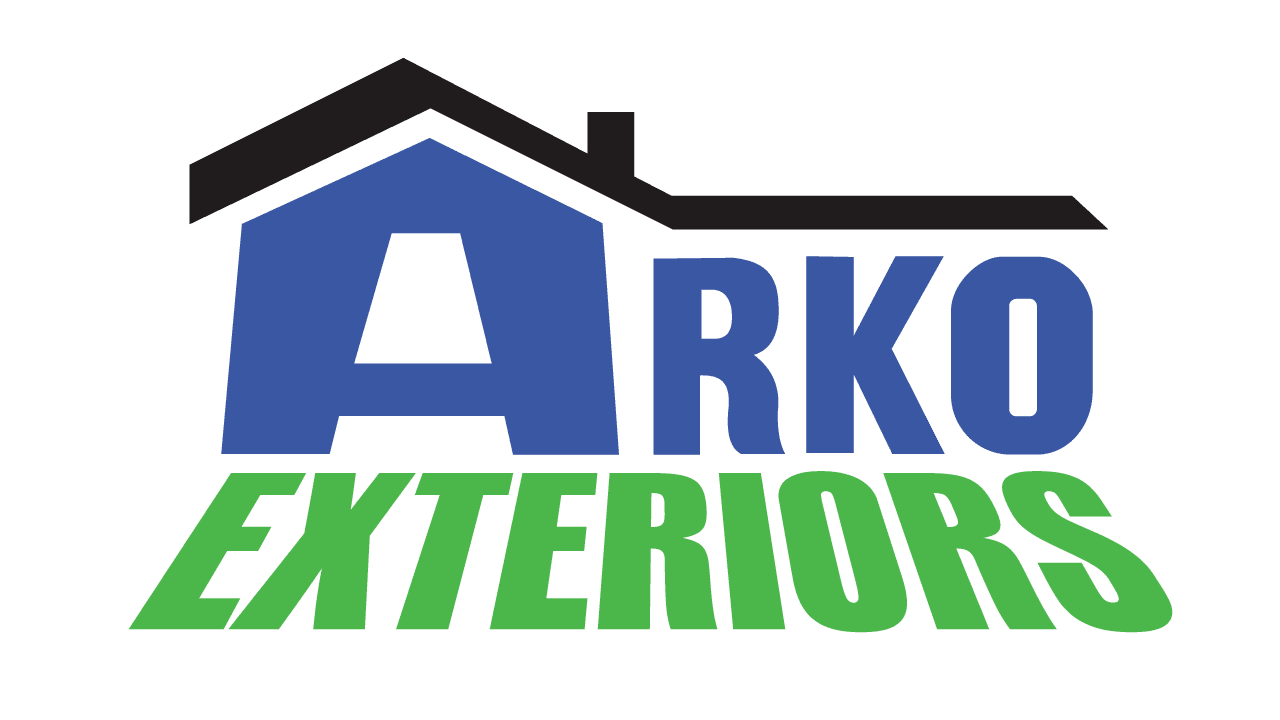Minnesota’s diverse climate presents unique challenges for homeowners, particularly when it comes to maintaining a sturdy and reliable roof. From the heavy snowfalls of winter to the stormy summers, your roof is constantly put to the test. Over time, even the most robust roofing materials can succumb to the wear and tear imposed by the state’s harsh weather conditions.
Knowing when it’s time to replace your roof is crucial for protecting your home and ensuring the safety and comfort of your family. Ignoring the signs of a failing roof can lead to costly repairs and potential structural damage. In this blog, we will highlight the top signs that indicate you need a roof replacement in Minnesota. Understanding these warning signals will help you take timely action and invest in a new roof before minor issues turn into major problems. Whether your roof is old or recently installed, these indicators will guide you in making informed decisions about your roofing needs.
Maintaining a healthy roof is essential for protecting your home from the diverse and often harsh weather conditions of Minnesota. Knowing when it’s time for a roof replacement can save you from unexpected repairs and extensive damage. Here are the top signs that indicate you might need a roof replacement in Minnesota.
1. Age of the Roof
- Typical Lifespan: Most asphalt shingle roofs last between 20 to 25 years. If your roof is approaching or has surpassed this age, it might be time to consider a replacement.
- Material Longevity: Different roofing materials have varying lifespans. For example, metal roofs can last up to 50 years, while wood shingles may need replacement after 20 to 30 years.
- Previous Repairs: Frequent repairs on an aging roof can be a sign that it’s nearing the end of its lifespan.
2. Visible Shingle Damage
- Curling and Buckling: Shingles that are curling or buckling are a clear indicator of aging and weathering. This can lead to leaks and further damage if not addressed.
- Cracked Shingles: Cracked shingles can be caused by wind damage or age. If multiple shingles are cracked, it’s time to consider a new roof.
- Missing Shingles: Missing shingles leave your roof vulnerable to water damage. If you notice patches where shingles are missing, it’s a sign that your roof is deteriorating.
3. Granules in Gutters
- Eroded Shingles: Asphalt shingles shed granules as they age. If you find a significant amount of granules in your gutters, it indicates that your shingles are wearing out.
- Bald Spots: Bald spots on shingles where granules have worn away reduce the roof’s ability to protect against UV rays and water.
- Clogged Gutters: Granules can clog gutters, leading to improper drainage and potential water damage.
4. Sagging Roof
- Structural Issues: A sagging roof often indicates structural problems such as weakened decking or supports. This can be a serious safety hazard.
- Water Damage: Prolonged water exposure can cause the roof structure to sag. If you notice areas that appear to dip or sag, it’s time for a professional inspection.
- Foundation Problems: In severe cases, sagging can lead to foundational issues, impacting the overall stability of your home.
5. Leaks and Water Damage
- Stains on Ceilings and Walls: Water stains on ceilings or walls are clear signs of a leaking roof. This can lead to mold growth and structural damage.
- Attic Moisture: Inspect your attic for signs of moisture, mold, or mildew, which can indicate leaks.
- Persistent Leaks: If you have recurring leaks despite repairs, it may be time for a full roof replacement.
6. Moss and Algae Growth
- Surface Damage: Moss and algae can damage roofing materials and affect their durability. This is often seen in shaded or damp areas.
- Trapped Mo isture: Moss retains moisture, which can lead to further deterioration of your roof over time.
- Aesthetic Concerns: While primarily a functional concern, moss and algae can also affect the appearance of your home, making it look unkempt.
7. High Energy Bills
- Poor Insulation: An aging roof can contribute to poor insulation, leading to higher heating and cooling costs.
- Ventilation Issues: Improper roof ventilation can cause heat buildup in the attic, increasing your energy usage.
- Inefficient Materials: Older roofing materials may not provide the same energy efficiency as newer, more advanced options.
8. Damaged Flashing
- Leaking Roof Valleys: Flashing around roof valleys, chimneys, and vents can deteriorate or become loose, leading to leaks.
- Corrosion: Metal flashing can corrode over time, reducing its effectiveness.
- Improper Installation: Poor installation of flashing can lead to early failure and potential water damage.
9. Sunlight in the Attic
- Visible Light: If you can see sunlight through the roof boards in your attic, it means there are gaps or holes in your roofing structure.
- Water Infiltration: These gaps can allow water to seep in, leading to significant damage.
- Immediate Attention: Visible light in the attic is a clear sign that your roof needs immediate attention.
10. Storm Damage
- Severe Weather: Minnesota’s weather can be harsh, with heavy snow, ice, and storms. After a significant weather event, inspect your roof for damage.
- Impact Marks: Hail can cause dents and impact marks on shingles, reducing their effectiveness.
- Loose or Missing Shingles: Strong winds can rip shingles off your roof, leaving it vulnerable to leaks.
Conclusion
Regular roof inspections and timely maintenance are crucial for extending the life of your roof and protecting your home. If you notice any of these signs, it’s important to consult with a professional roofing contractor to assess the condition of your roof and determine whether a replacement is necessary. Being proactive about roof maintenance can save you money in the long run and ensure that your home remains safe and secure against Minnesota’s challenging weather conditions. Don’t wait until minor issues become major problems—take action today to keep your roof in top shape.

